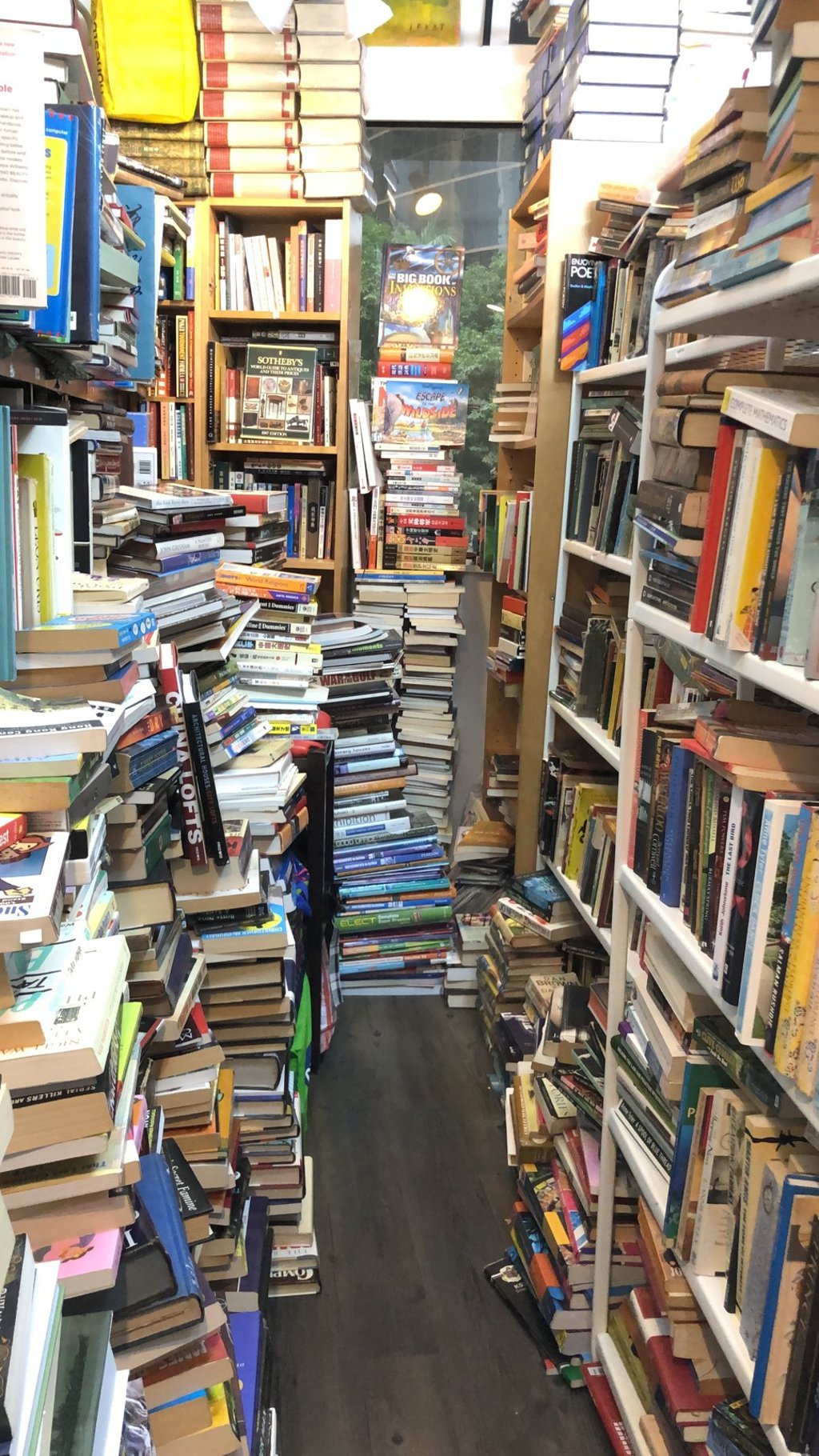How a Hong Kong bookstore owner is creating a new way of consuming the written word
- Flow Books owner Surdham Lam plans to turn his second-hand book store into the Flow-brary, a lending library with a difference
- Borrowers can keep their books as long as they like, or until other readers request them

The plight of the bookseller is well documented, and rarely does the story end happily ever after. So when beloved Hong Kong second-hand bookstore Flow Books came in danger of going under 2½ years ago, it was both newsworthy and heart-warming to see patrons raise the necessary HK$150,000 (US$19,300) to keep the enterprise afloat.
Its home now is small and overflowing – books line every inch of shelf space, with stacks on the floor, and a fortress of literature stands in the hallway outside.
Space is a commodity in Hong Kong, which is a problem that Flow alleviates by taking unwanted books from patrons. It is also a problem from which it suffers, so much so that when more than two people are in the shop, it’s like a game of human Tetris.

And while space has been shrinking, his ideas are getting bigger. Among them are plans for the world’s largest lending library, called Flow-brary.